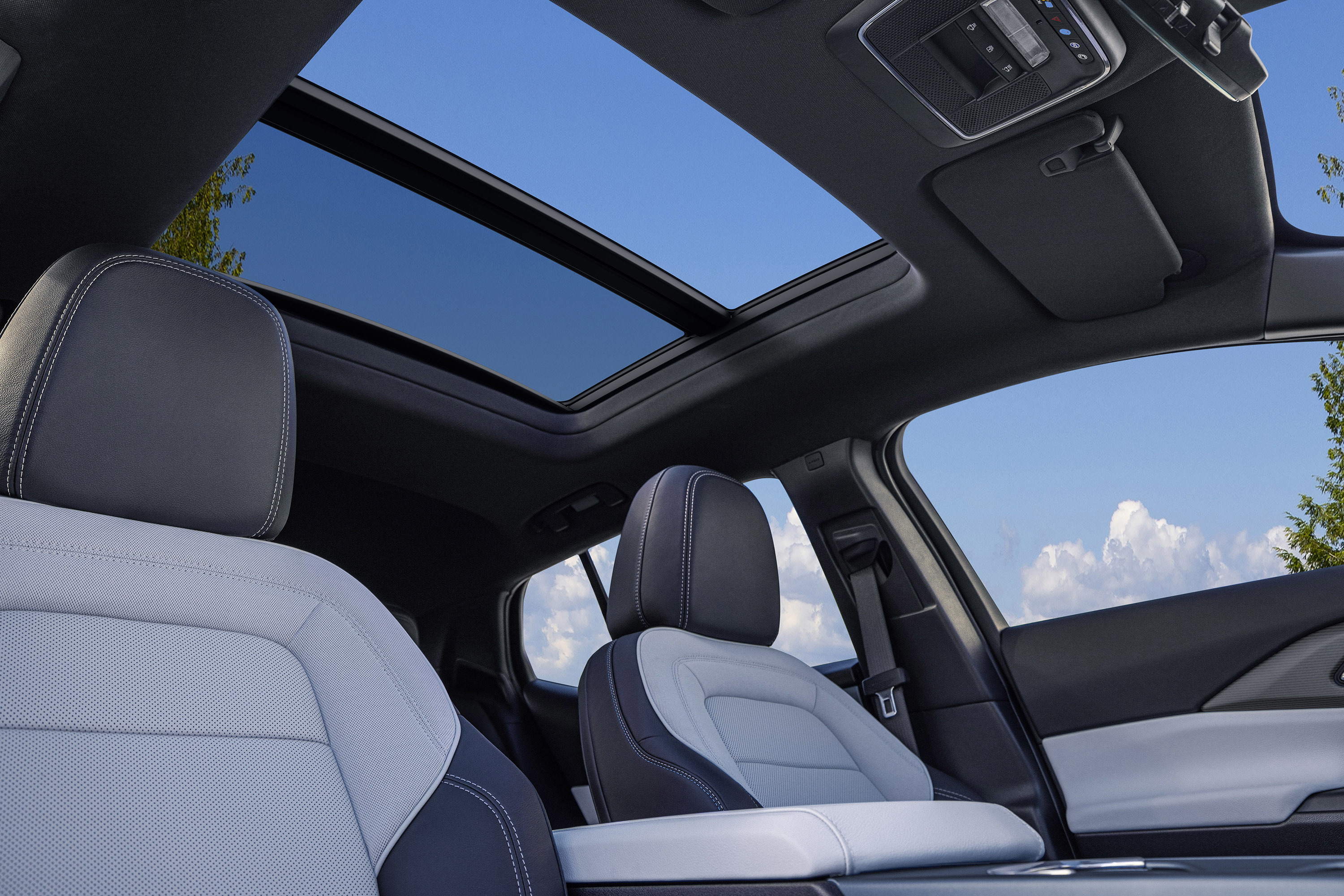
AUTO REVIEW: CHEVY FIELDS A SURPRISINGLY ATTRACTIVE, AFFORDABLE NEW BATTERY ELECTRIC SUV
It’s no mystery why mainstream consumers aren’t flocking to electric vehicles. While public infrastructure remains an issue, if you own a home with a 240-volt outlet, that’s not a problem. The issue is the vehicles themselves.
Until now, most were Lilliputian in size and driving range at a gargantuan price premium. Consider the 2011 Ford Focus Electric with its Lilliputian 115-mile range and sizable $39,995 price. That’s $55,432 today. Others, such as the Fiat 500 EV, Chevrolet Spark EV and Mitsubishi i-MiEV, suffered from the same problem. Then there was the 2017 Chevrolet Bolt, which has a fairly decent 259 miles of range and, in 2023, a starting price of less than $27,000, dropping to less than 20 grand with the $7,500 federal tax credit. It finally caught on, despite its subcompact length and incredibly unremarkable styling. But GM has killed it, with a replacement nowhere in sight.
Now comes the 2024 Chevrolet Equinox EV. It’s pricier but is a far better vehicle. The two-row compact electric SUV is worth the extra scratch. It plays in the heart of the U.S. market, and will eventually start at $34,995, or $27,495 after federal tax largesse. That’s great. Yet currently, the cheapest one is the 2LT model starting at $43,295 with front-wheel drive and $46,595 with all-wheel drive, or $35,795 and $39,095 once the feds kick in their contribution.
However, the new 2024 Chevrolet Equinox EV is incredibly good looking and modern, with a sleek appearance that’s positively alluring in a way the Bolt never was. And it has the space, range and performance to make it outright competitive.
Available in RS and LT trim, the Equinox EV is built using GM’s Ultium EV platform, which will differ from the forthcoming gas-powered Equinox. Base models come with a single motor delivering 213 horsepower and 236 pound-feet of torque to the front wheels, reaching 60 mph takes 8 seconds. Opting for all-wheel drive is the better bet, as it adds a rear motor, bringing the power output to 288 horsepower and 333 pound-feet of torque. It also reduces 0-60 mph times to a more competitive 6 seconds. But it comes with a tradeoff. While front-wheel-drive model may be slow, they deliver 319 miles of range on a charge, while faster all-wheel-drive models provide a still very good 285 miles of range — far better than the similarly-priced Toyota bZ4X EV.
Recharging at home with a 240-volt outlet provides 36 miles of range per hour, or 6.3 hours recharging from 20%. Using a 150-kW, DC fast charger delivers 77 miles of range in 10 minutes.
Its ride is fairly absorbent, and better than average for the price, as rippled surfaces are well absorbed. However, it wears low rolling resistance tires, so aggressive cornering finds the vehicle scrubbing off speed and emitting noticeable tire squeal. It’s very controllable, however, as there’s moderate body lean and overall behavior is civilized. Yet even in Sport mode, it doesn’t drive sporty, despite perfectly weighted steering, solid braking and moderate road noise. Thoughtfully, its regenerative braking, which recoups energy generated during deceleration, is adjustable.
Climb in the driver’s seat and you’ll find the instrument panel comes far forward, impinging on entry space and lending a cozy feel to the front row. Seats are flat and lack bolstering, but prove comfortable enough. Their manual adjustments prove clunky to engage, lacking a smooth action that suggests cheapness. It’s not helped by the mostly black interior, a nonstarter in warm weather climes. And there’s a bit too much hard plastic, particularly on the dashboard, where designers placed gills to break up its visual depth. But they reflect annoyingly in the windshield.
Overall, the cabin lacks the imaginative design and interesting, quality finishes found in Hyundai and Kia EVs.
Rear cargo space is good, but at 27 cubic feet, it’s smaller than the Toyota bZ4X, and there’s no front trunk. While there’s space under center console to stash a small bag, the center console lid is hinged on passenger side, making it accessible only to the driver. Our 3LT test vehicle features automatic climate control, not dual automatic climate control despite its $56,095 MSRP, but it proves to be very effective.
The instrument panel is dominated by a sizable 17.7-inch infotainment screen that uses Google Automotive software. So, CarPlay won’t work with it. Also, Google Maps’ on-screen buttons are the same size as on your smartphone, and they’re placed close together, making them impossible to use. Split the screen, and the map moves to the right side as the buttons disappearing altogether. You have to revert to the full screen to access them.
But the Equinox does have some thoughtful cold weather touches. It features battery charge pre-conditioning, warming it up in the garage before starting. And the Heated Wiper Pack warms the bottom of windshield in icy weather, while the door handles vibrate to break themselves free of ice. Other worthy features include SuperCruise, GM’s semi-autonomous hands-free driving software, and a handsfree starter. Just climb in the car, put your foot on the brake and the car starts.
While not perfect, the 2024 Chevrolet Equinox EV proves very appealing, with a price that will eventually put it in reach of many. While its driving experience won’t thrill enthusiasts, for most drivers, it should prove the perfect new addition to their garages or driveways.
2024 Chevrolet Equinox EV 3LT AWD
Base price: $47,200, excluding $1,395 destination charge
Powertrain: Front permanent magnet motor; rear induction motor
Horsepower/Torque: 288/333 pound-feet
Range: 285 miles
Recharge time (Level 2): 6.3 hours from 20% (estimated)
Length/Width/Height: 191/77/65 inches
Ground clearance: 6 inches
Payload: 1,139 pounds
Cargo capacity: 26-57 cubic feet
Towing capacity: 1,500 pounds
©2024 Tribune Content Agency, LLC
2024-06-07T14:05:11Z dg43tfdfdgfd